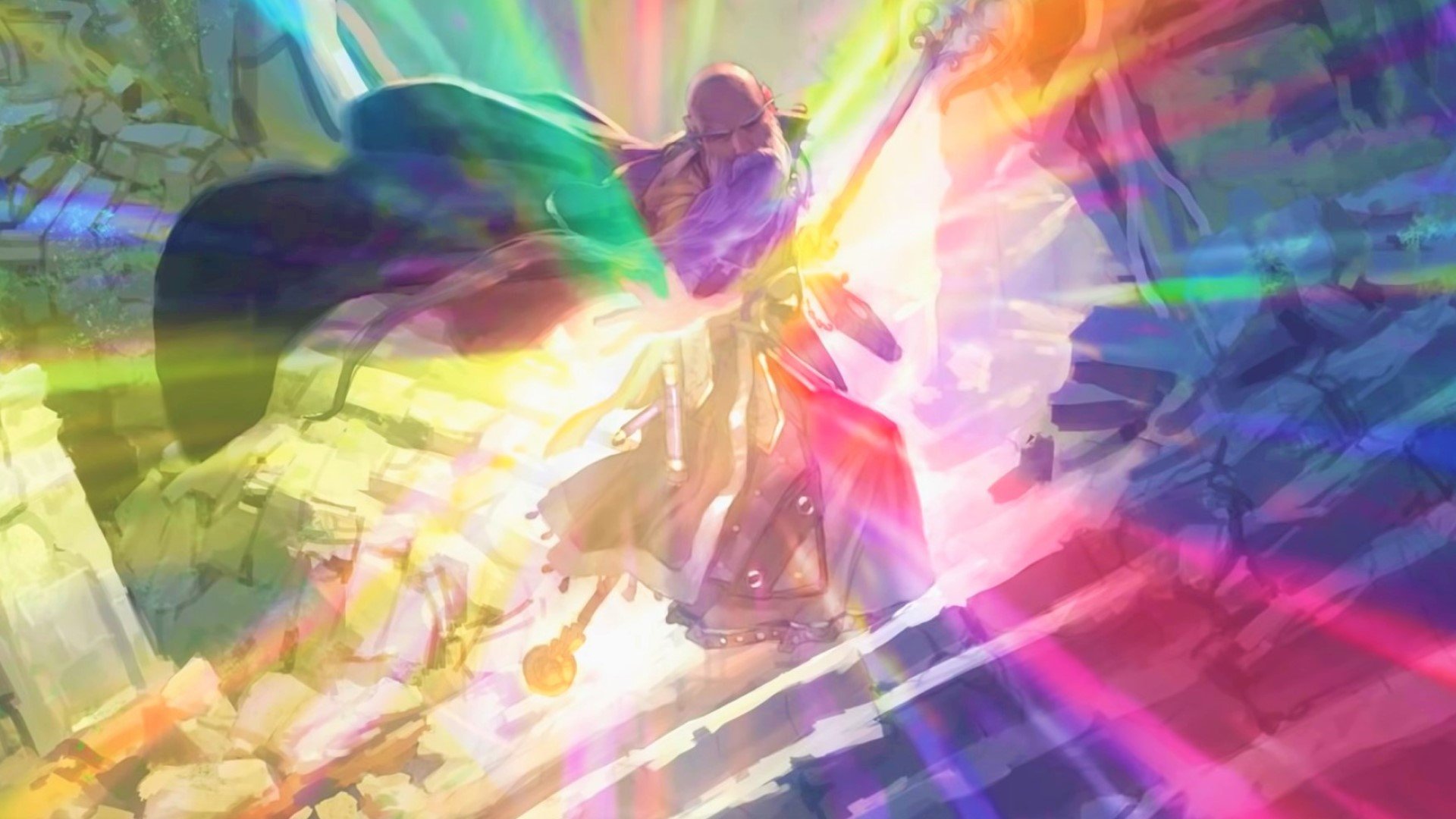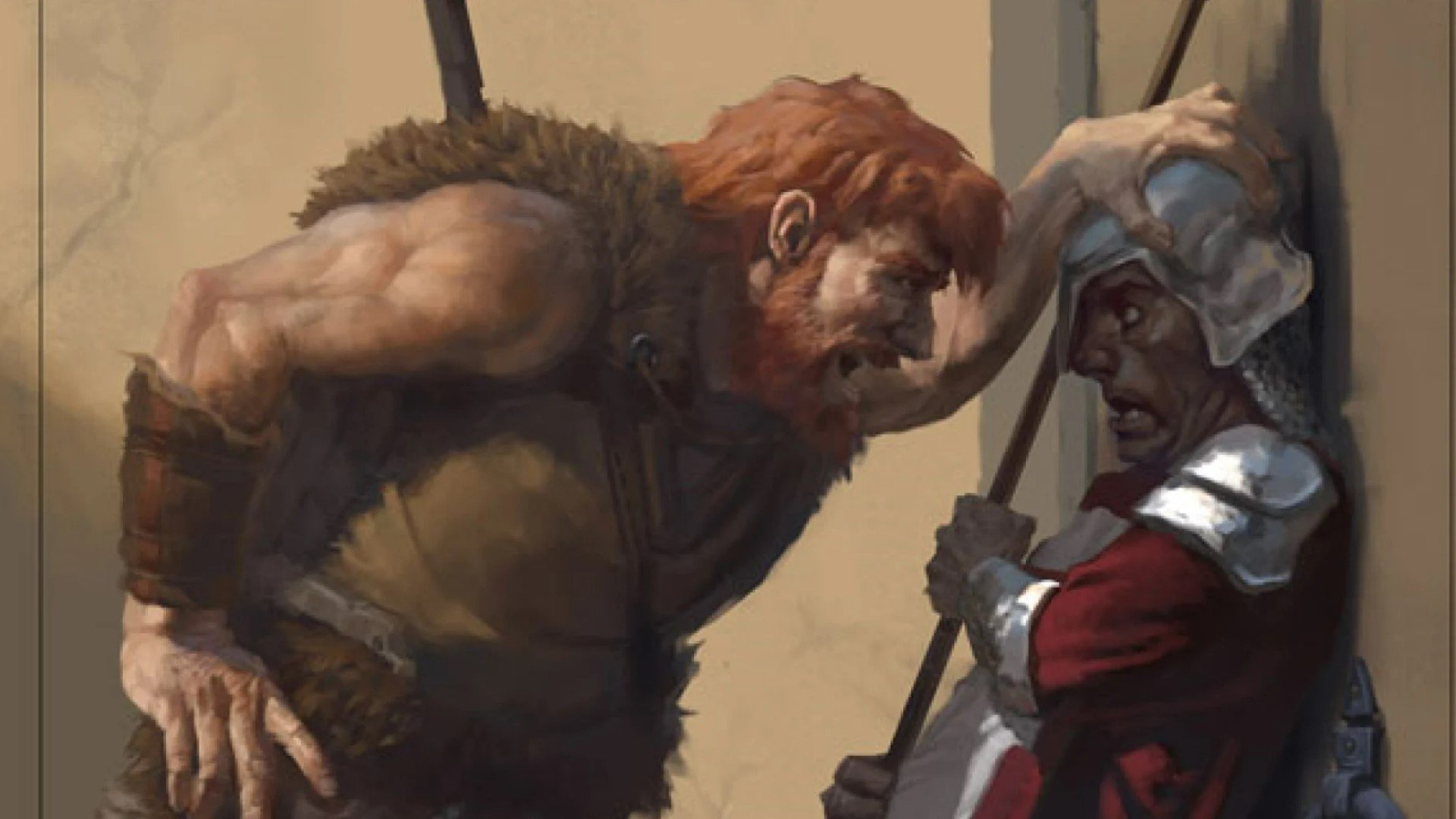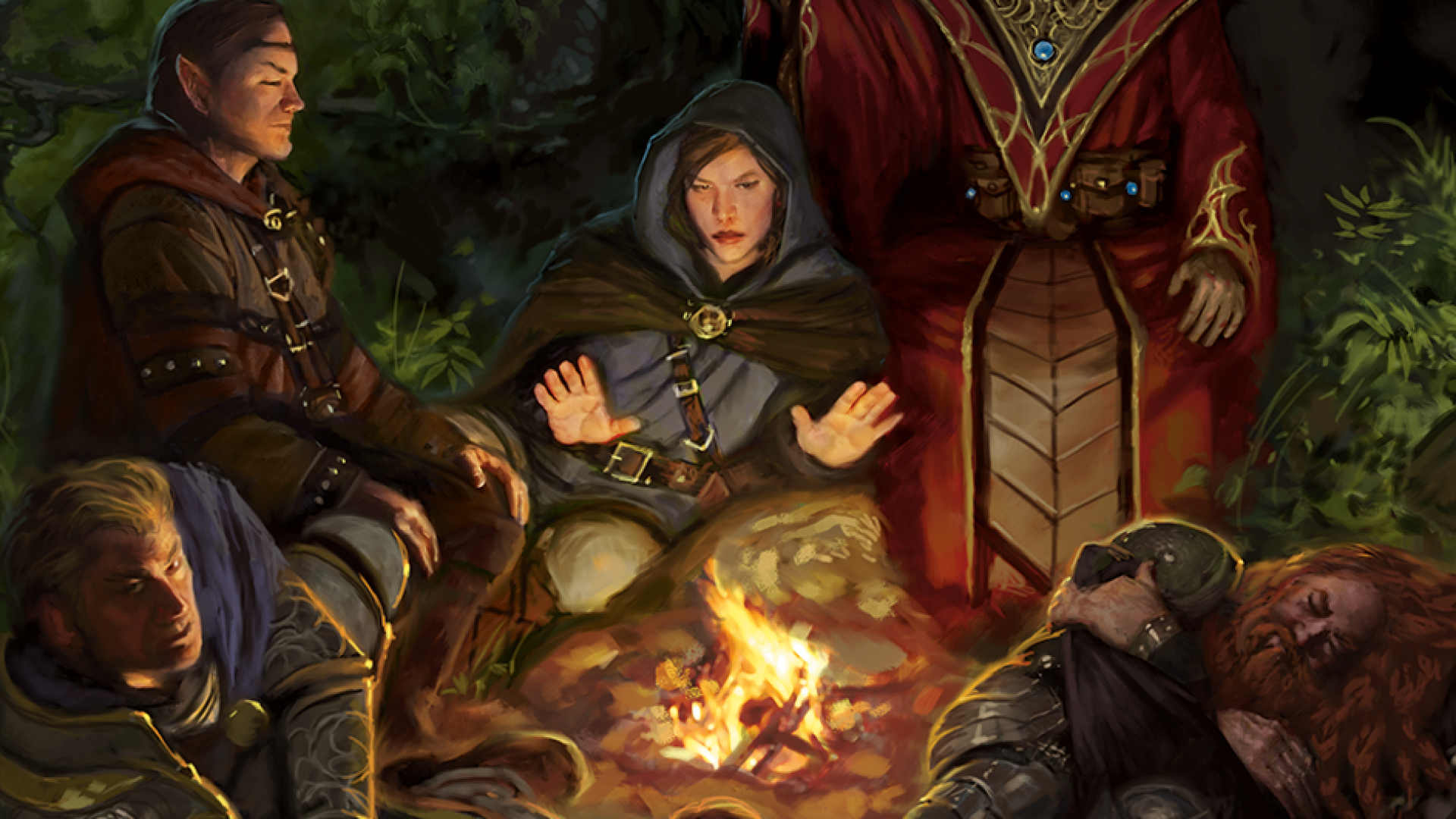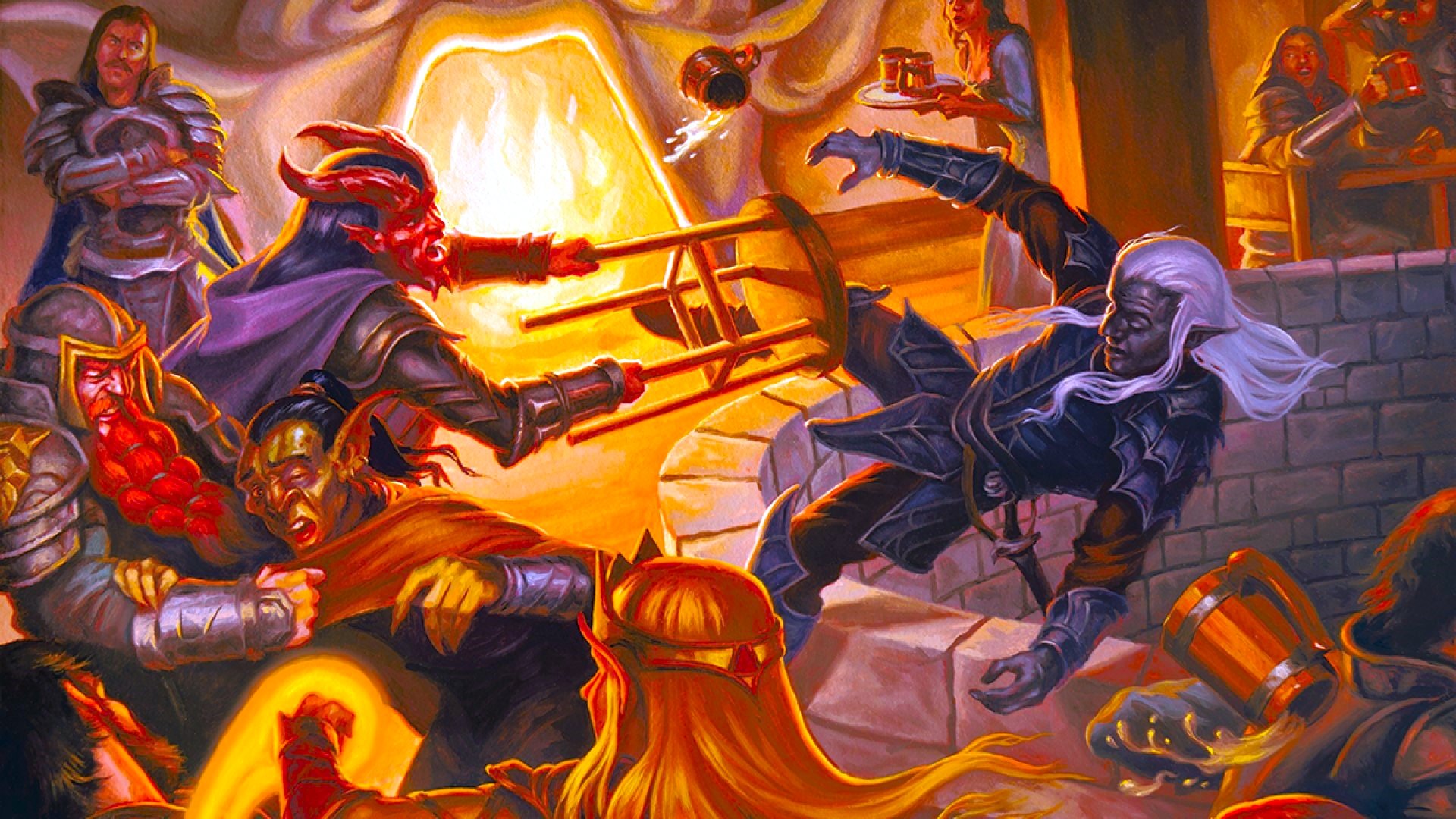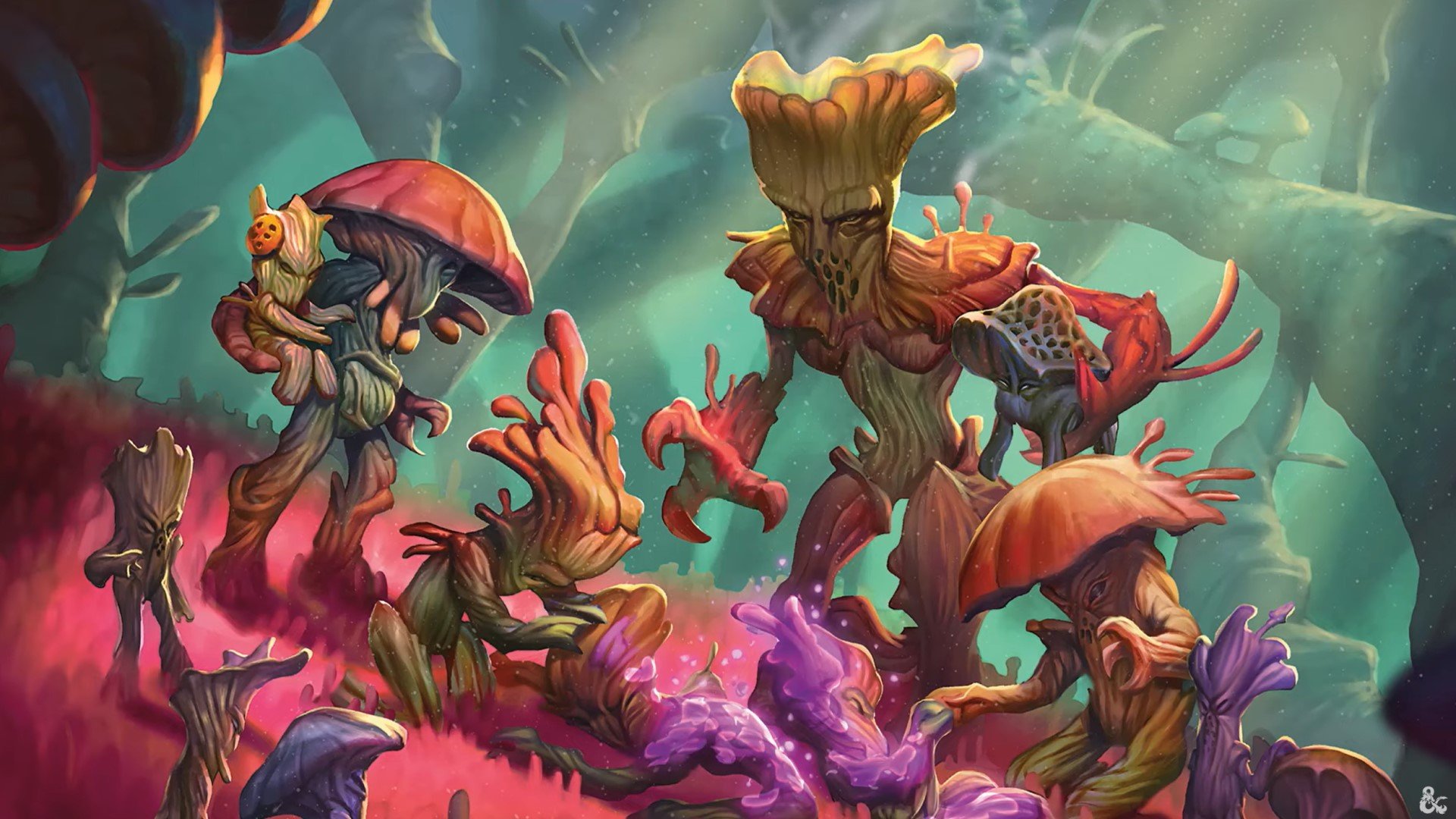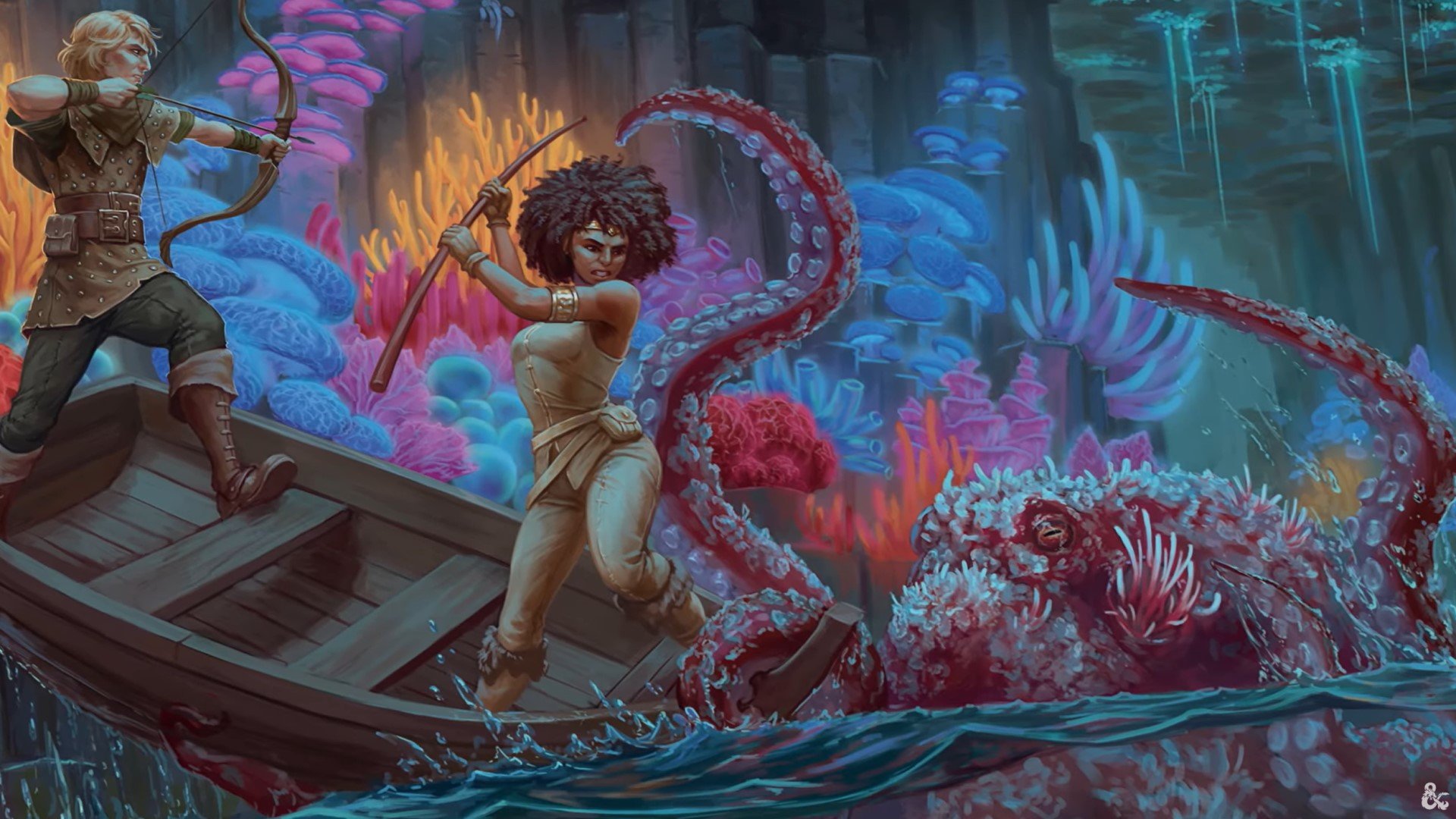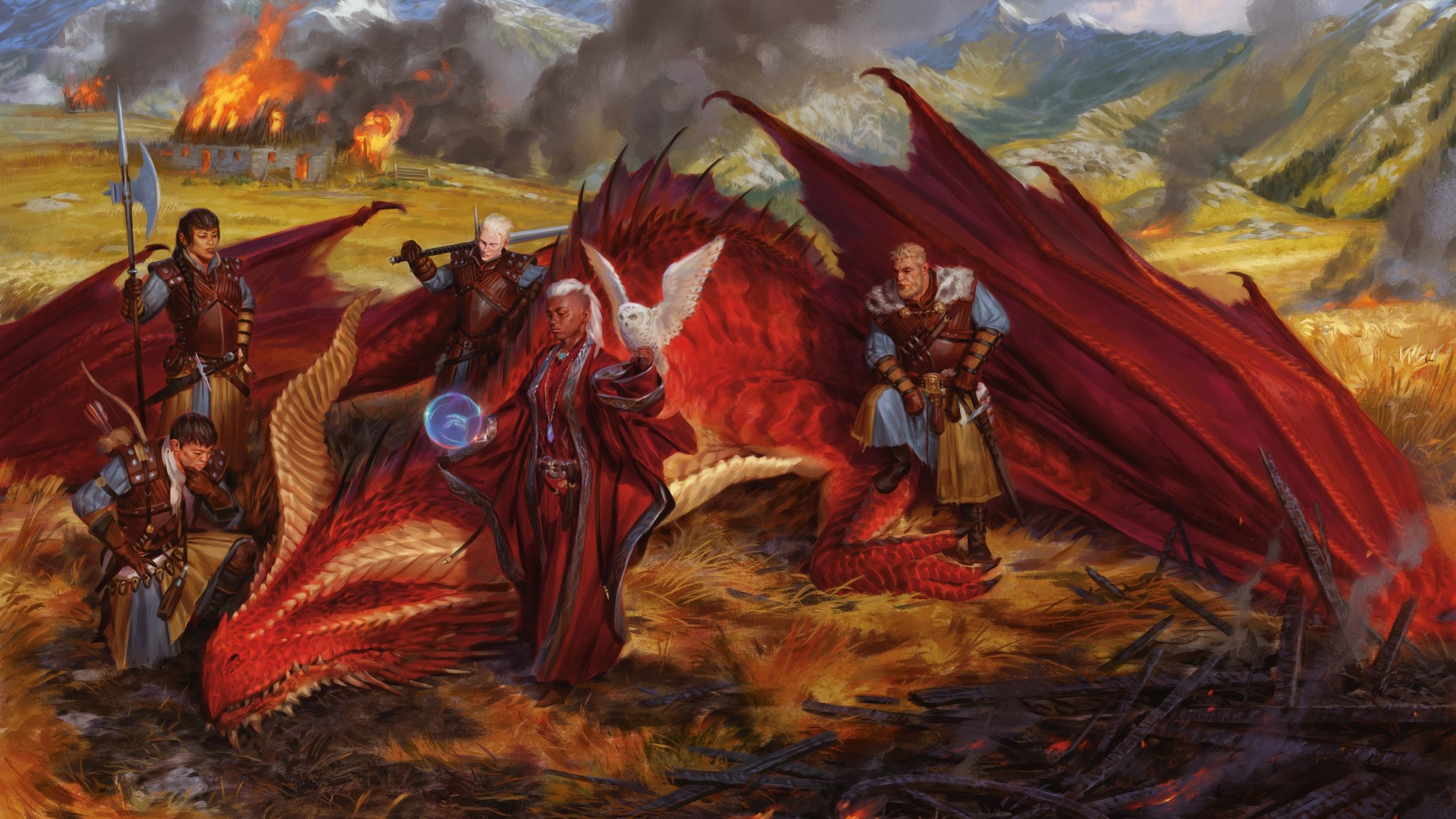DnD conditions are ongoing effects that alter how a character behaves. Almost all of these are negative effects, so it’s important for players to understand how their prowess in combat and roleplay can change. Saving throws, rest, and healing spells may take the sting out of many conditions, but they can still make or break crucial situations in a campaign.
Below you’ll find definitions for each of the DnD 5e conditions. Some are more detailed than others, and many have their own dedicated guides that offer more in-depth teachings.
These are the 15 DnD conditions:
- Blinded
- Charmed
- Deafened
- Exhausted
- Frightened
- Grappled
- Incapacitated
- Invisible
- Paralysed
- Petrified
- Poisoned
- Prone
- Restrained
- Stunned
- Unconscious
Before we explore each in a bit more detail, here are some general things to know about 5e conditions. Conditions are caused by 5e spells, features from different DnD classes, or effects from DnD monsters. There are other triggers, but these are the most common.
A condition ends when its specified duration runs out or it can be countered in some way. For example, when grappled, a creature can escape by succeeding on an Athletics or Acrobatics check.
Finally, a condition can be inflicted upon a character multiple times. The separate versions of the same condition will have their own duration, but the conditions don’t typically worsen. Two spells that hit you with blindness don’t make your character more blind, but you might end up stuck that way for longer.
Blinded 5e
Any creature that becomes blinded loses their sight. This means any ability check (usually Perception) that relies on their vision automatically fails. Additionally, attack rolls against blinded creatures have advantage, and the creature’s own attack rolls now have disadvantage.
Spells like Blindness/Deafness, Colour Spray, and Sunbeam are often used to cause blindness. It can be a powerful condition in combat (enemies that can’t see you will struggle to throw spells and arrows your way), but it can also take you out of action quickly if you fall prey to its effects.
Charmed 5e
Charmed creatures tend to be much friendlier than usual. If you charm a creature, you automatically have advantage on ability checks for interacting socially with that creature. That creature also can’t attack you or use abilities and magical effects that cause harm.
Spells like Charm Person or Charm Monster are the most obvious ways to inflict this condition. They’re particularly helpful if you want to get your way with a Persuasion check, or if you’re looking to divert an attacking monster’s attention elsewhere.
Deafened 5e
As the name implies, a deafened creature can’t hear for the duration of the condition. Perception checks that rely on hearing are automatically failed, which can be particularly irksome if there’s a goblin sneaking up on you or your party member needs to tell you something important mid-fight. On the other hand, deafening a foe with a spell can make sneaking into a dungeon much easier.
Exhausted 5e
Exhaustion is something of a special case, as it’s the only condition that comes in tiers. When a character is subject to a special ability (such as the Barbarian 5e Frenzy feature) or harsh environmental conditions, they gain one or more levels of exhaustion.
Here’s what each tier of exhaustion does to a D&D character:
| Level | Effect |
| 1 | Disadvantage on ability checks |
| 2 | Speed is halved |
| 3 | Disadvantage on attack rolls and saving throws |
| 4 | Hit point maximum is halved |
| 5 | Speed reduced to zero |
| 6 | Death |
Considering these effects stack and you can literally die of exhaustion, this is a condition you want to be very careful with. The easiest way to combat it is rest; a long rest with some food and water reduces your exhaustion level by one.
Learn all there is to know in our exhaustion 5e guide.
Frightened 5e
Sometimes you’re just too spooked to fight effectively. Frightening a creature means that, as long as they can see you, the source of their fear, they have disadvantage on ability checks and attack rolls. Terrified of your very presence, they’ll also refuse to move any closer to you.
For more details, here’s a complete guide to the frightened 5e condition.
Grappled 5e
The grappled condition asks you to imagine a world where big hugs are awful, actually. A grappled creature’s speed is reduced to zero, regardless of what bonuses it may have.
It’s a fairly simple concept, but there are a few extra details that are important. You can only grapple a creature up to one size larger than you. A grappled creature can also still attack you, so you may need to take some hits to hold an enemy in place.
Our grapple 5e guide can help you wrap your head around this condition.
Incapacitated 5e
An incapacitated creature can’t take any actions or reactions. It’s a simple effect, but it can totally ruin a D&D character’s day.
An interesting thing about this condition is that multiple other conditions also incapacitate a creature. For example, becoming paralysed and petrified make you incapacitated, as well as several other effects.
Here’s some more info on the incapacitated 5e condition.
Invisible 5e
This condition does what it says on the tin; a creature with the invisible condition disappears from view. Mechanically, this means they can’t be seen without magical aid or a special sense. They’re considered heavily obscured in Hiding terms. Additionally, attack rolls against them have disadvantage, while the invisible creature gets advantage on their attack rolls.
Invisibility also doesn’t stop them from being detected entirely, however. Noise, smell, or tracks can still easily give the game away.
Paralysed 5e
Paralysis stops the body from moving, so any paralysed creature is automatically incapacitated (see the incapacitated condition above). They also can’t move or speak, as they’re frozen in place like a statue.
This has a few extra mechanical effects. Firstly, a paralysed creature fails all Strength and Dexterity saving throws while under the influence of the condition. Attack rolls against the creature have advantage, and any successful attack is a critical hit as long as the attacker is within five feet of their paralysed target. Damage comes fast, and damage comes hard, so you want to avoid paralysis where possible.
Petrified 5e
Being paralysed may be like turning into a statue, but being petrified quite literally turns you into one. A petrified creature, along with nonmagical objects it’s carrying or wearing, is turned into stone or another inanimate material. It can’t speak, move, or pass Strength or Dexterity saving throws. All attacks made against a petrified creature have advantage.
There are some weird silver linings to this condition. Petrified creatures don’t age, and they’re resistant to all types of damage. Like Minsc and Boo, petrified creatures can stand for years and years, often being mistaken for real statues. They’re also immune to poison and disease (though any effects they had before being petrified are paused rather than eradicated).
Poisoned 5e
We all know drinking poison is a bad idea. A DnD Rogue might carry a poisoned weapon to stick their foes with, or a DnD Wizard might blast Ray of Sickness to get their enemies feeling green. In D&D, becoming poisoned means you have disadvantage on all attack rolls and ability checks.
Our poisoned 5e guide can tell you more about using this DnD condition.
Prone 5e
A prone creature has been knocked to the floor in some way. Prone creatures have disadvantage on attack rolls, and all attack rolls against it have advantage as long as the attacker is within five feet. Attack rolls beyond this range have disadvantage. Until a prone creature stands up, their only option for moving is crawling.
Here’s a prone 5e guide with more information.
Restrained 5e
Like with grappled, the restrained condition reduces a creature’s speed to zero, and no speed benefits have any effect. Affected creatures have disadvantage on Dexterity saving throws and attack rolls, while attack rolls against the restrained creature have advantage.
It can be useful to team up with a buddy to make the most of this condition. If one party member holds a monster down, the other can come in with an extra powerful sword swing.
Stunned 5e
The stunned condition is one that also causes a creature to become incapacitated (check earlier in the guide to see what this means). Stunned creatures can speak, but with difficulty. They also fail Strength and Dexterity saving throws, while attacking creatures get advantage.
Unconscious 5e
Imagine passing out, and you’ve got a good idea of how the unconscious condition works in D&D. As well as causing incapacitation (see that condition above), the unconscious condition causes a creature to drop everything it’s holding and fall to the ground. They can’t speak or move, and they’re unaware of what’s happening around them.
Mechanically, an unconscious creature fails all Strength and Dexterity saving throws. All attack rolls against it have advantage, and attacks from within five feet are automatic critical hits.
Source: Wargamer



